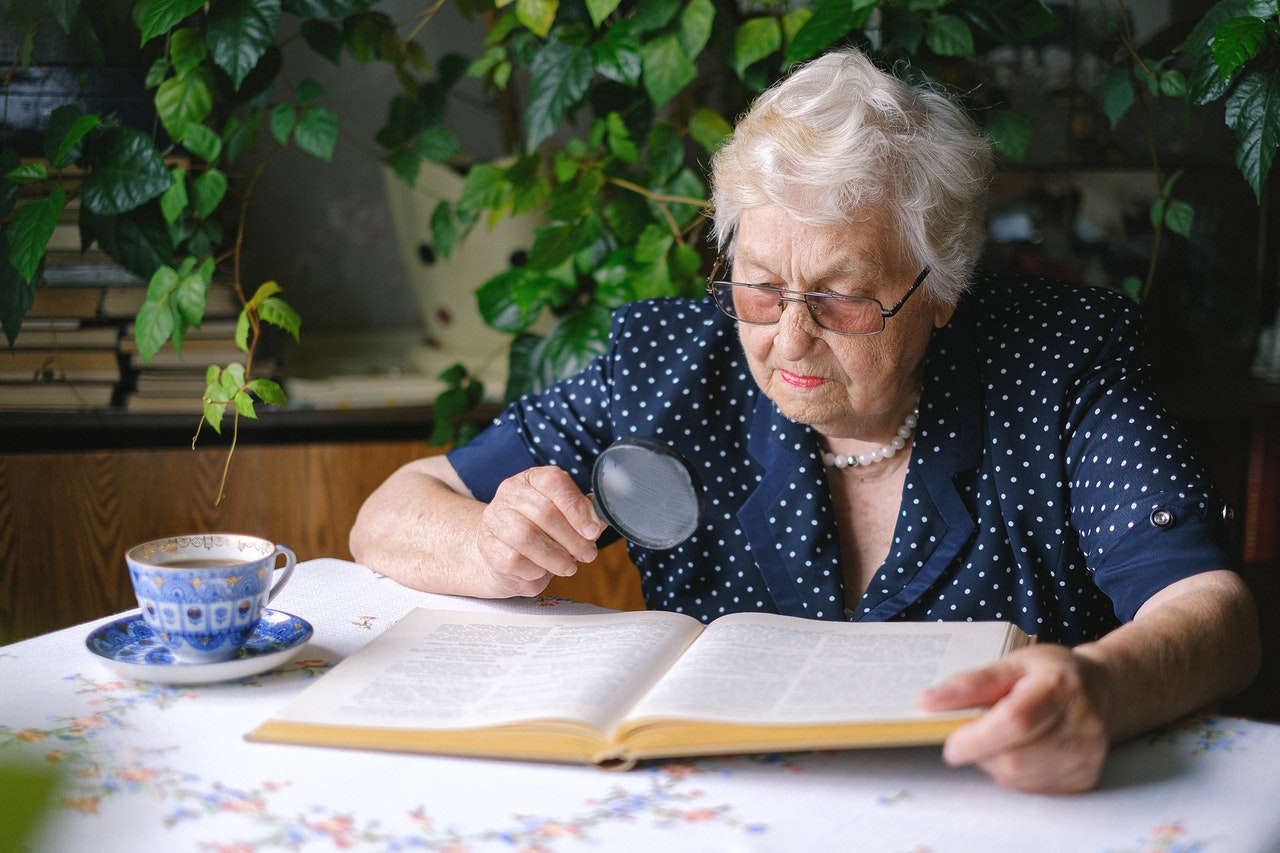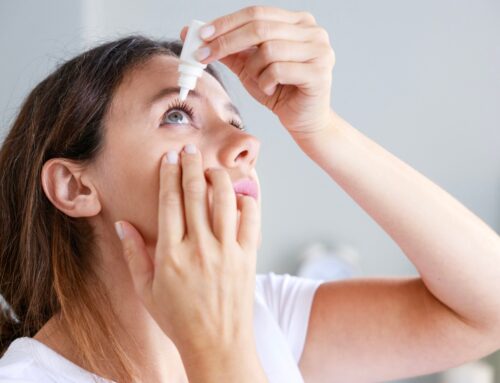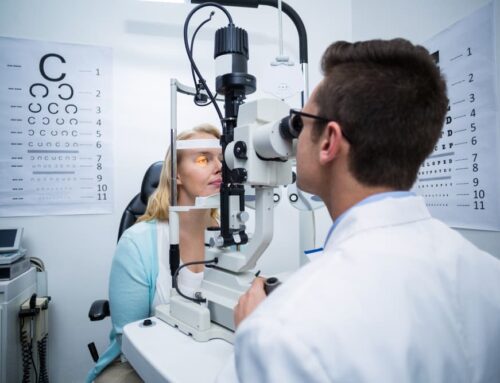Macular degeneration – also known as age-related macular degeneration or AMD – is the leading cause of vision loss among older Americans. This February, Eye Care Professionals is promoting awareness of this condition by providing readers with information about symptoms, risk factors, and treatment plans.
If you’ve been recently diagnosed with macular degeneration, are worried you might have macular degeneration, or are simply interested in learning more, we encourage you to contact our professionals at 775-322-1000.
Do I have macular degeneration?
Macular degeneration can affect people at any age, but it most commonly occurs in older adults. Since life expectancy has continued to increase, doctors estimate that the number of people affected by this condition will only grow.
There are several risk factors that influence the likelihood you’ll develop macular degeneration:
- Family history of the disease
- Gender, with women at the greatest risk
- Race, with white people at the greatest risk
- Eye color, with people with blue eyes at the greatest risk
- High blood pressure
- Obesity
- Age, with people older than 65 at the greatest risk
People who meet any of these risk factors should speak with their eye doctor about their risk of developing macular degeneration.
What are the symptoms?
There are two forms of macular degeneration: dry and wet. Macular degeneration always starts as the dry type.
Dry type macular degeneration
(also known as atrophic or non-neovascular) is the most common form of the condition, making up 85 to 90 percent of the cases.
Symptoms of dry macular degeneration include:
- Reduced central vision in one or both eyes
- Distorted vision
- Problems seeing in dim light
- Blurriness when reading printed words
- Decreased intensity or brightness of colors
Wet type macular degeneration
(also known as exudative or neovascular) makes up the remainder of the cases. Wet macular degeneration tends to be more serious. In some cases, dry macular degeneration will progress to wet macular degeneration.
Symptoms of wet macular degeneration include:
- Distorted vision
- A distinct blurry or blind spot in your central vision
- Hazy vision
- Difficulties distinguishing colors or fine details
- Rapidly worsening symptoms
Even if you don’t experience any of these symptoms, you should still discuss macular degeneration with your doctor, particularly if you meet any of the risk factors. Early forms of macular degeneration demonstrate no symptoms whatsoever, and treating it early can make all the difference!
How do you treat macular degeneration?
Unfortunately, there is no cure for age-related macular degeneration. Fortunately, there are ways to slow its progression or even improve your vision.
Dry macular degeneration is usually treated through nutritional intervention. Wet macular degeneration is typically treated through medication or photodynamic therapy.
The earlier you catch macular degeneration, the more likely you are to avoid vision loss. Contact Eye Care Professionals today to discuss your risk factors, symptoms, and concerns.











